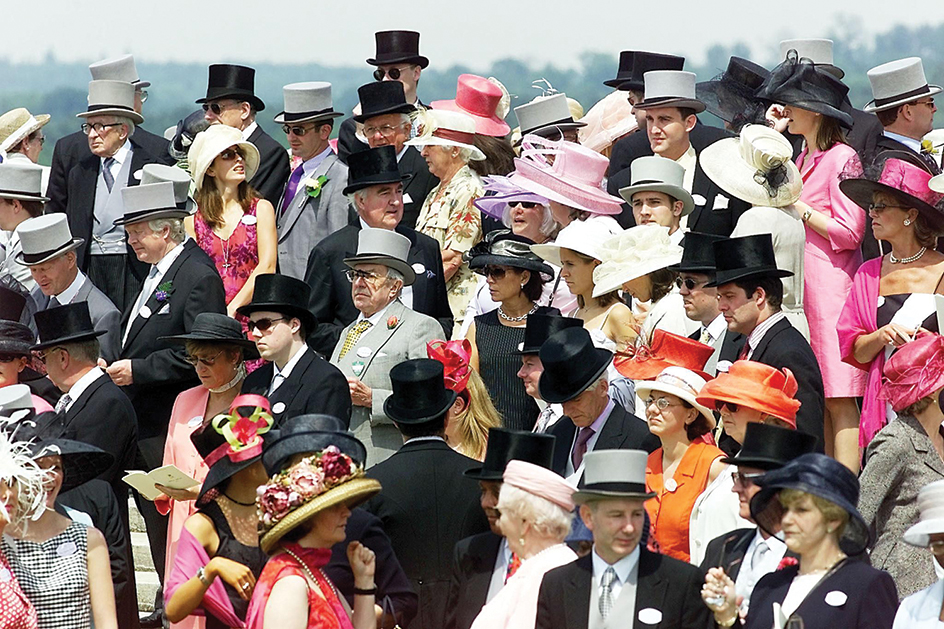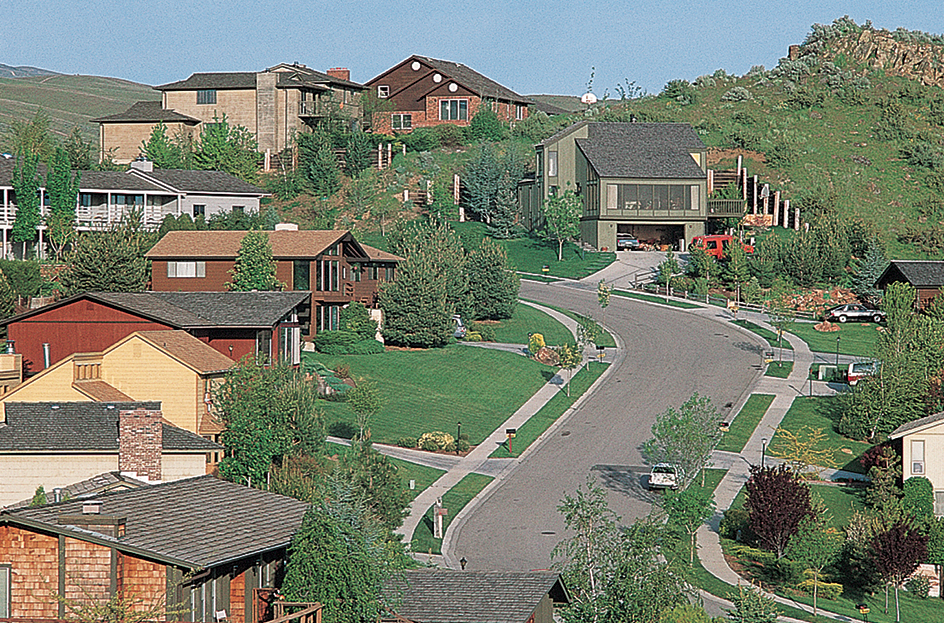Social class is a group of people who share a common status or position in society. Social classes represent differences in wealth, power, employment, family background, and other qualities. These qualities indicate a person’s socioeconomic status—that is, his or her position in society as measured by social and economic factors. The process by which populations are divided into classes is called social stratification. All societies have some form of social stratification.

Because of their common experience, members of a social class often share similar values, behaviors, and political beliefs. In some cases, members of a social class work together to pursue collective goals. For instance, workers in an industry may form a labor union to seek improvements in wages, working conditions, and standard of living. The collective actions of a class can bring about significant social change or even revolution. See Labor movement ; Revolution ; Social change .
Class structure.
The system of social classes in a society is called the class structure. At the top of the class structure are the wealthiest people and people who have significant power and influence in society. The middle of the class structure includes people who have secure jobs and a comfortable standard of living. Most people in the United States and other developed countries identify with this category, which is often called the middle class. Below this category are people who work low-paying jobs or who are temporarily unemployed. This group is sometimes called the lower class or working class.
The boundaries between social classes vary from one country to another. In most Western democracies—including the United States, the United Kingdom, and Canada—the class structure is largely informal. Such countries allow for some degree of social mobility. In other words, it is possible for a person to move from one class to another through his or her actions and achievements.
In some countries, however, each person is born into a certain social class and has an ascribed (assigned) social status. In such cases, moving to another class may be difficult or impossible. A class with extremely rigid boundaries is sometimes called a caste. In India, for instance, people have traditionally been organized into castes that determine their social status and influence what occupations they might hold. Under this system, children almost always occupy the same class position as their parents. See Caste ; India (Social structure) .
Communism has long promoted the ideal of a “classless” society, in which there are no distinctions based on social class. But in China and other Communist nations—just as in non-Communist nations—certain groups of people, such as government officials, have had much more power, wealth, and prestige than others. See Communism (Communism in theory) .
How people are categorized.
Social scientists have used a variety of methods to compare and rank individuals and groups.
The German philosopher Karl Marx, in the 1800’s, identified two classes in a capitalist system. One class, called the capitalist class or the bourgeoisie, controlled the resources needed to hire workers and to produce goods. The other, the working class or proletariat, consisted of people whose chief resource was their own labor. In this system, classes are distinct groups that are defined primarily by their relationships to one another. Marx believed that the relationship between the bourgeoisie and the proletariat was marked by a class struggle. He believed that the struggle would end-and classes would disappear-when workers seized control of industry and the government. See Communism (The ideas of Marx) ; Marx, Karl .

Many social scientists categorize people based on the amount of money they have. Traditionally, people with more money have ranked higher in the class structure than people with less money. However, wealth is usually just one of several factors that determines a person’s status. Other factors include education, occupation, and community involvement. Firefighters and members of government, for instance, are highly regarded in most societies, even though their incomes may not be especially high. People whose jobs require leadership, responsibility, or special expertise usually have high status.
Some scholars use life chances as an indicator of social class. Life chances, as described by the German sociologist Max Weber, reflect the sets of resources, opportunities, and choices available to a person. A person’s life chances depend largely on money, education, and support from family and the community.
Every society consists of members of numerous cultural groups, sometimes called identity groups. Such groups may be distinguished by race, ethnicity, sex, religion, or cultural practices. Although these groups are distinct from social classes, they may still contribute to the process of social stratification. For instance, widespread discrimination against women or minority groups can limit job opportunities and drive people into lower classes.
Debate over classes.
Some sociologists believe that social classes benefit society. A society, they argue, must have a system of rewards that encourages people to undertake certain essential jobs. Many important occupations involve high levels of stress and require advanced education and training. People may be unlikely to pursue such jobs unless they are rewarded with a high income. As a result, these sociologists claim that varying levels of income—and therefore different social classes—help ensure that workers are available for all of society’s necessary jobs.
Other sociologists claim that social classes are not a necessary part of society. They argue that large differences in income or prestige only benefit people at the top of the class structure. Most social scientists have opinions somewhere between these two positions. They believe that some social stratification may be necessary for society. However, they also believe that large differences between upper and lower classes do not benefit society.
